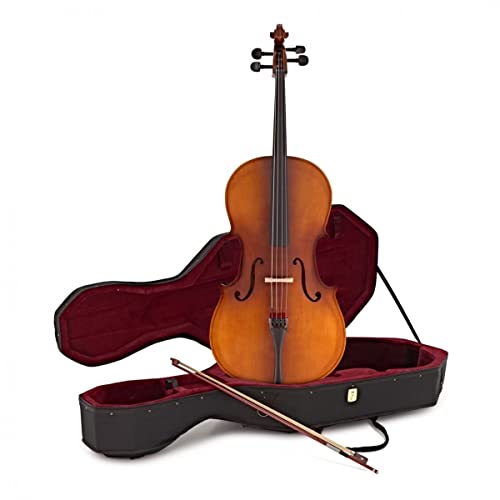The Origins of the Cello
The history of the cello can be traced back to the 16th century in Italy. It evolved from the bass violin, also known as the viola da gamba. The cello, also known as the violoncello, was initially designed to play bass lines in church music, but its versatility soon began to shine in various genres including chamber music, symphonies, and concertos.
The Evolution of the Cello
The cello underwent several changes and improvements over time. In the 17th and 18th centuries, the frets were removed and the strings were increased to four. By the 19th century, the cello had made its presence felt in orchestras and was popularized by legendary composers such as Beethoven, Brahms, and Tchaikovsky.
The Rise of Cello Makers
The 18th century brought about the emergence of cello makers such as the Stradivari and Montagnana families in Italy. The quality of their craftsmanship soon made their cellos a must-have item for musicians around the world. Fast forward to modern times, and the cello is still popular among cellists and music enthusiasts alike.
The Cello in Contemporary Music
Today, the cello can be heard in all kinds of music genres beyond classical, including jazz, rock, and pop. Music artists like Yo-Yo Ma and 2Cellos have put the cello on the map as a solo instrument, cementing its role as a versatile and valuable piece in music history.
The Future of the Cello
As technology advances, the cello continues to evolve to meet the demands of contemporary music. Electric cellos, which produce a richer and more amplified sound, are becoming increasingly popular among musicians. The cello’s significance is unlikely to wane any time soon, and its evolution throughout history is a testament to its timeless beauty and versatility.






